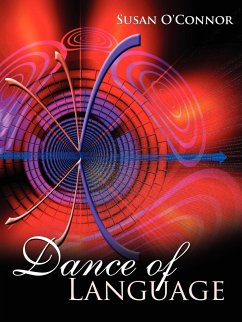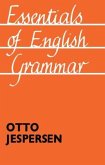In pieces of literature rich with imagery and symbolism, the concept of dancing is often dominant because its elements have so strong a resemblance to the elements that make up our lives--the diverse steps in choreography, the partners, the moods, the missteps, the reasons for the dance. Dancing, therefore, provides an ancient instrument by which we can understand and know ourselves but also a metaphor for how we learn language and use it to communicate. In this handbook, you will see the steps that you can follow as you move through the dance of language. Though not always graceful in the beginning, you will become more adept and feel more at ease as you increase your knowledge, step by step, of how the language works and how it can work for you. Unlike some kinds of dances that require strict choreography, your language demands that you know and use many skills concurrently. The skills and knowledge for writing and for critical analysis of literature build on each other and prepare students for reading, writing, and thinking. Serious students of dance must understand not only the inner workings of the body, bones and muscle that allow the body to move but also the importance of maintaining balance and conditioning. The handbook, therefore, includes tools for maintaining strength in studying how words, phrases, and sentences are combined to form the framework that allows our language to move gracefully and to move us--to inform, to persuade, to entertain, to touch our hearts and minds. The ideas in the book support a core curriculum in the humanities. Classic ideas tend to form cohesive patterns, and some of those great thinkers who have left marvelous gifts for the foundation of our thinking and language--Aristotle, Plato, Emerson, Thoreau, Freud, Jung and others are included here.
Bitte wählen Sie Ihr Anliegen aus.
Rechnungen
Retourenschein anfordern
Bestellstatus
Storno






